This blog provides information about Space Objects. We start with the definition and explanation of Space Objects. Then we discussed some of the important space objects found in space. The space is the region above the atmosphere of the Earth. These important space objects includes Asteroids, Stars, Planets, Blackhole, Galaxy, Sun and Satellites. This blog contains short notes about the mentioned space objects. We will study about the space objects such as stars and planets in this blog.
What is a Space Object?
Space object is any Artificial or natural object that is present in outer space. It can be anything that is launch by humans for certain purpose or can be any naturally present object in the space.
Space objects covers a vast range of objects that makes up the universe. All of the space objects are out of the atmosphere and they collectively comprises the galaxies and universe.
Space objects have their own properties and composition, that play their own part in the whole universe. Space objects even includes the space vehicles that are in space by the humans for any discovery about outer space or natural space objects. We will study about space objects such as stars and planets in this blog.
Every space object that is tiny or huge, all of them comprises the universe equally and every object is important in its own position. Some of the space objects are as follows:
1.Asteroid:
An asteroid is a minor planet that is neither a true planet nor a comet and it orbits within the solar system. Asteroids are rocky airless worlds that orbit our sun. They are remnants left over from the solar system, ranging from size or length of a car but as wide as a city. Some of them are metallic while other are rich in carbon, giving them a coal-black color. Most of the asteroids in solar system reside in a region called asteroid belt. These are small rocks with irregular shapes made up of metal or minerals that orbit the sun. Asteroids are rocky, airless worlds that orbit our Sun.
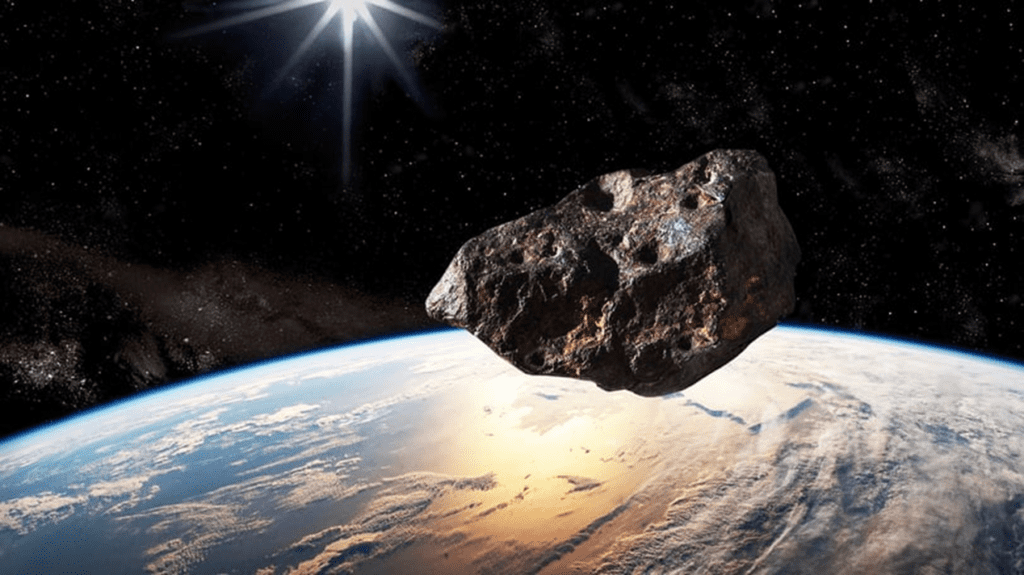
2.Stars:
Stars are the giant ball of hot gases mostly hydrogen with helium and small amounts of other elements. We can also call it as a luminous spheroid of plasma held together by self-gravity. Every star has its own life-cycle, ranging from few million years to trillion of years and their properties changes with their age. The nearest star of the Earth is sun so it can be seen clearly and other all stars are far away from the earth. It may be used to refer to the higher-temperature members of any particular population or category of stars, rather than of all stars in general.
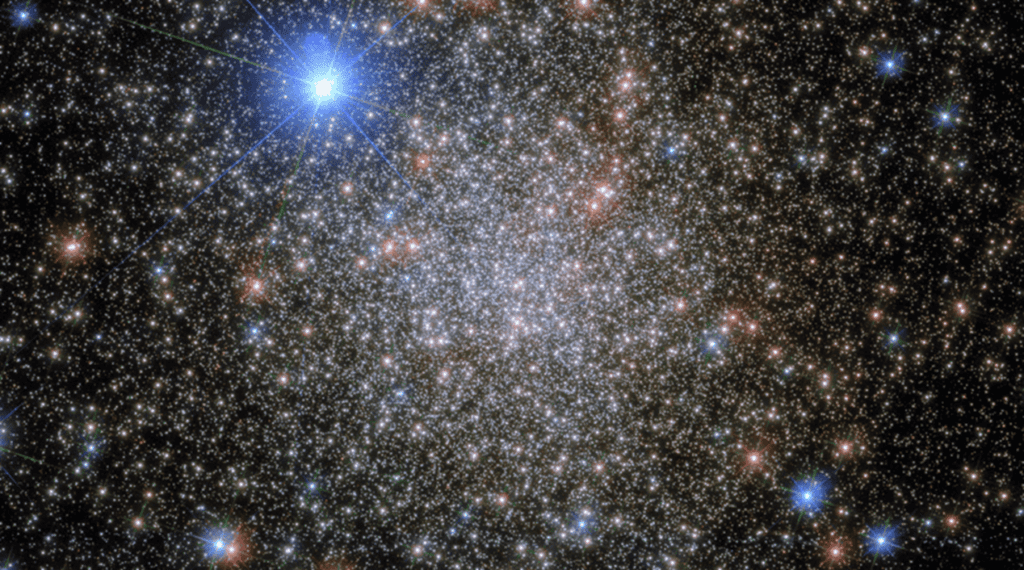
3.Planets:
Planets are large (almost) spherical objects that revolve around the sun. Planets move in fixed orbits around the sun. A planet is an astronomical body orbiting a star or staller remnant that is massive enough to be round by its gravity. The word planet means “wanderer”. Planets always revolves in the fixed orbits. In case of our Earth’s Solar System, all the planets revolve in fixed orbits around the sun. Planets do not have their own light, they are lighted up by the reflection of any bright star and in case of our solar system, that star is sun that lights up all the planets. There are total 8 planets around the sun. We can see 6 of them with naked eye from the earth, and other two through telescopes.
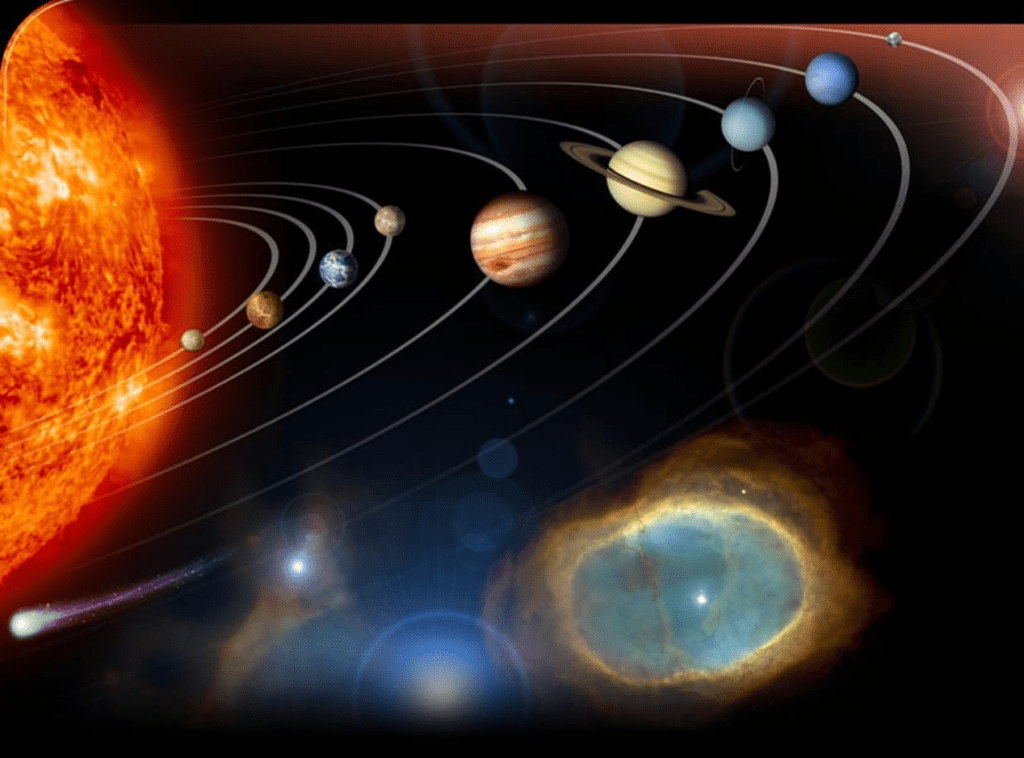
Planets, Solar System
4.Black Hole:
Black hole is the region in space where gravity is on its extreme that even light and other electromagnetic waves cannot escape from it. It acts as an ideal black body that reflects no light and absorbs everything that comes in its way. A black hole has a great effect on the fate and circumstances of the objects passing through it, but it has no locally detectable features according to general reactivity so it is considered the only place in space from where nothing can escape. As this disk of matter swirls around the black hole, friction between the gas and dust emits tremendous heat and light.
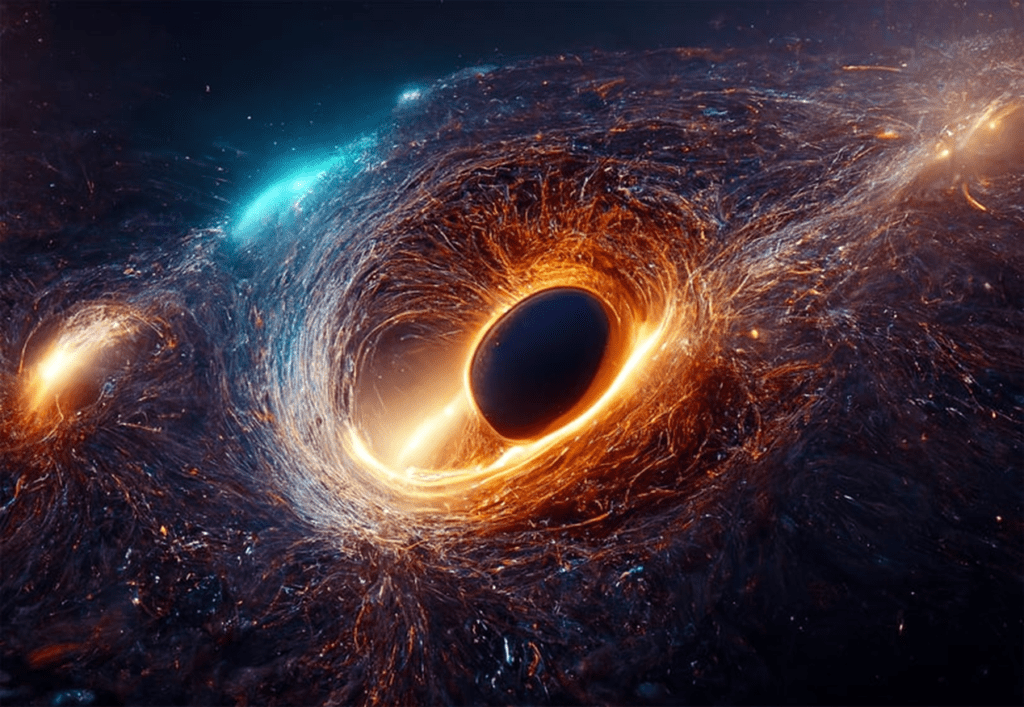
5.Galaxy:
A Galaxy is a system of stars, staller remnants, interstellar gas, dust and dark matter bound together by gravity. Average estimate of a galaxy is that it consist of 100 million stars. The objects in a galaxy can be very tiny to huge objects having a wide range of sizes and structures so the Galaxy in which our Earth is present is called as Milky Way Galaxy and the universe has 200 millions of galaxies that are observable in the space. In simple words, we can call Galaxy as a family of space objects revolving within the same gravitational force.
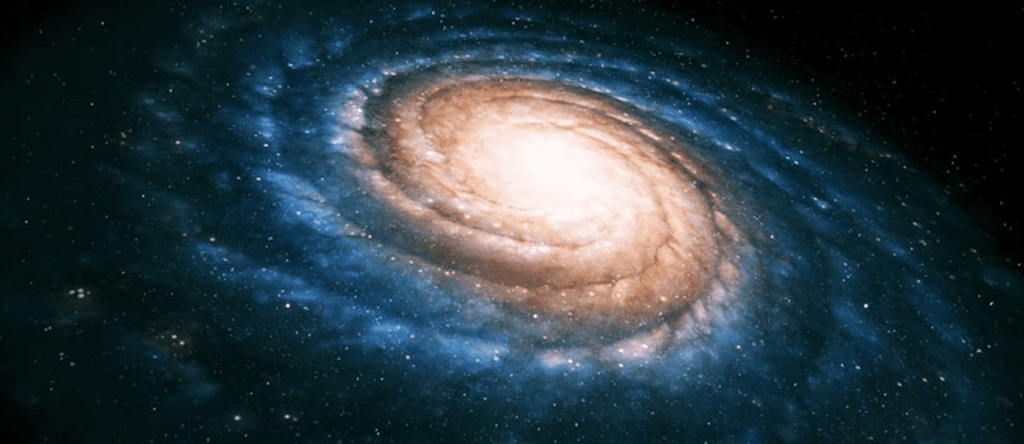
6. Sun:
Sun is the brightest ball of gases on the sky so we can see this from our naked eye at the day time. It cause the day light on the Earth. It is the hottest among all the space objects. There is only one sun in our solar system. All the planets in our Solar System revolve around the sun in their orbits. It has the temperature of 10,000 Fahrenheit or 5600 Celsius and so as the temperature rises from the surface of sun towards the center. The temperature at the center is about 15,000,000 Celsius. Sun is about 4.5 billion years old. It is the reason why our planet is livable and full of life. Sun cause the earth to heat up in order to support life. It is the most important part of our solar system.
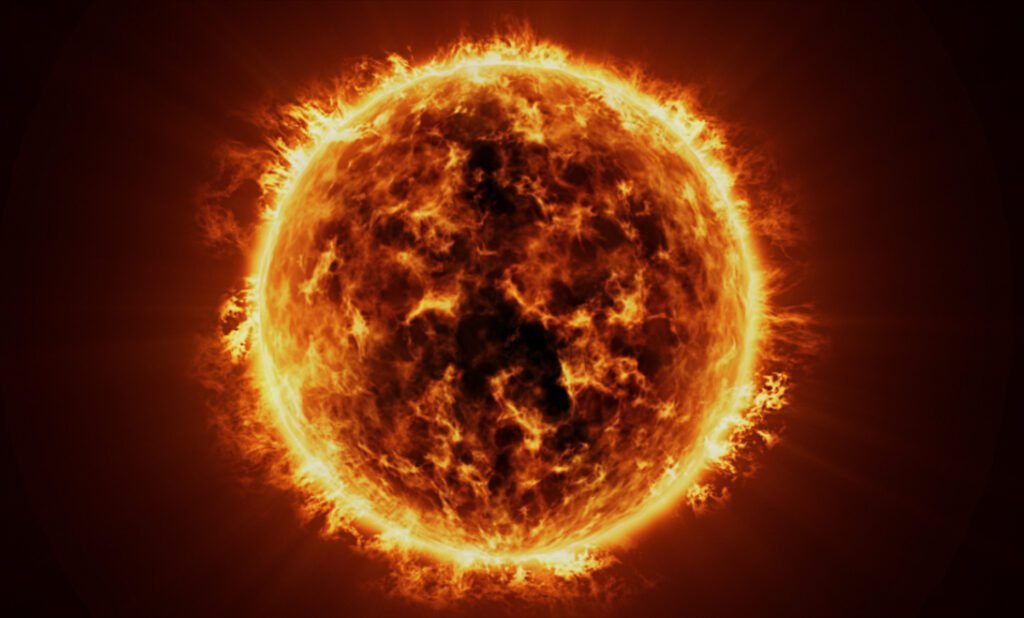
7. Satellites:
Satellites are the natural or artificial space objects around the planets. These are the objects that orbits the planets. These look like any astronomical body. Moon is a natural satellite that do not orbit the sun but it orbits different planets. Dwarf planets are also natural satellites that revolve around planets. While artificial satellites are those large machineries to supply signals on Earth that may be for internet connections, Global Positioning Systems GPS, Railway systems and Mobile Phone signals. These are the artificial satellites that are sent by humans for their systems and needs.

Humans are discovering new things about space objects and universe from thousands of years, but the space is still there to explore more. We should be thankful to our creator for blessing us with such fantastic universe to live in and to explore new things in it. This is the amazing creation of Allah Almighty which amaze us everyday and after discovery of thousands of years its still incomplete. How can we deny the existence of Great Allah Almighty!
To learn about more space related topics, click the links below:


Comments